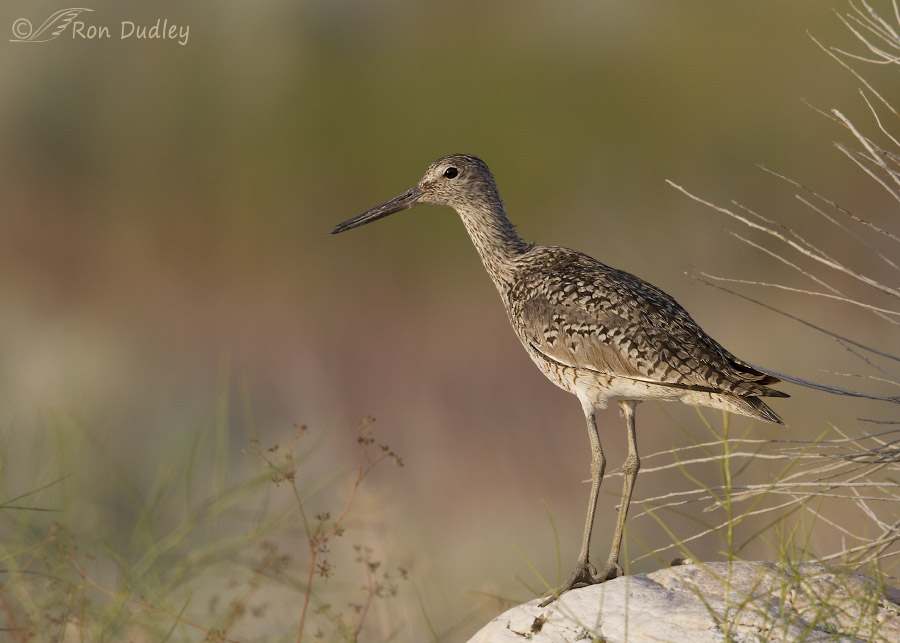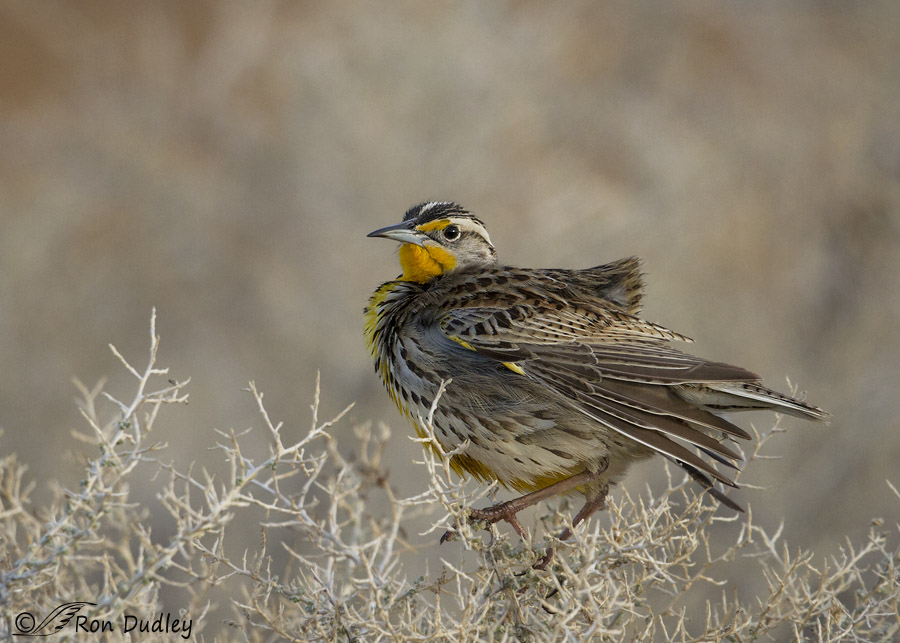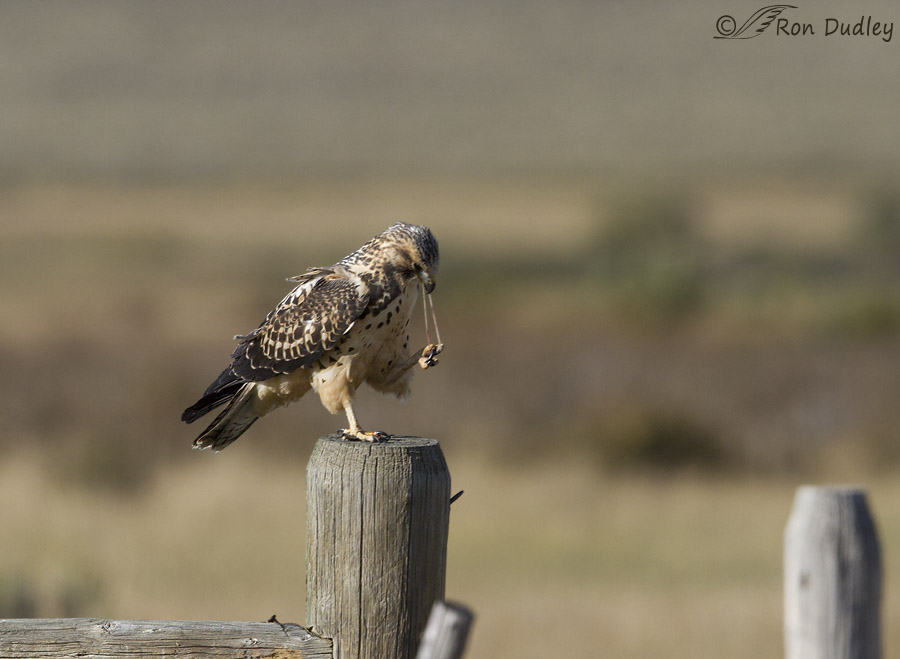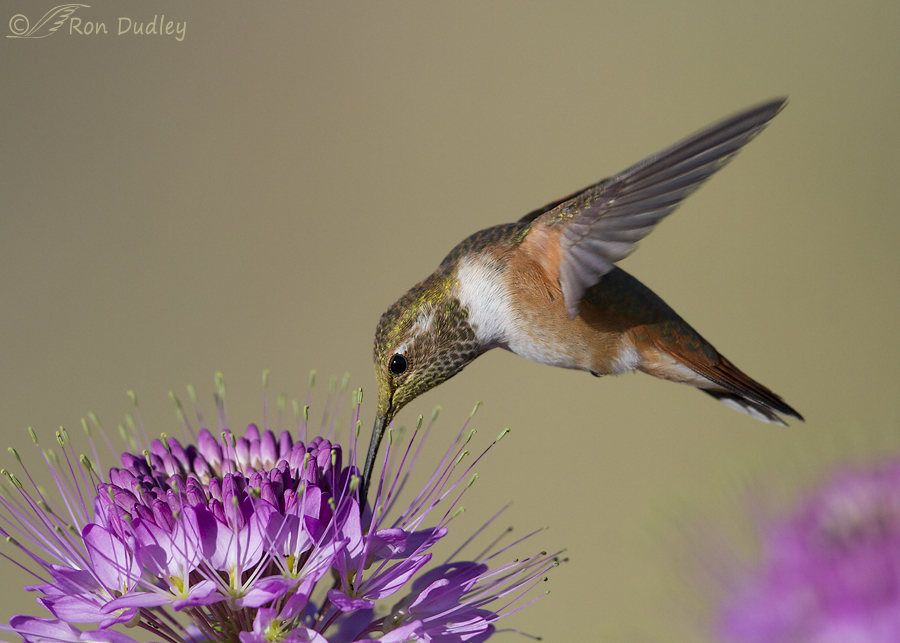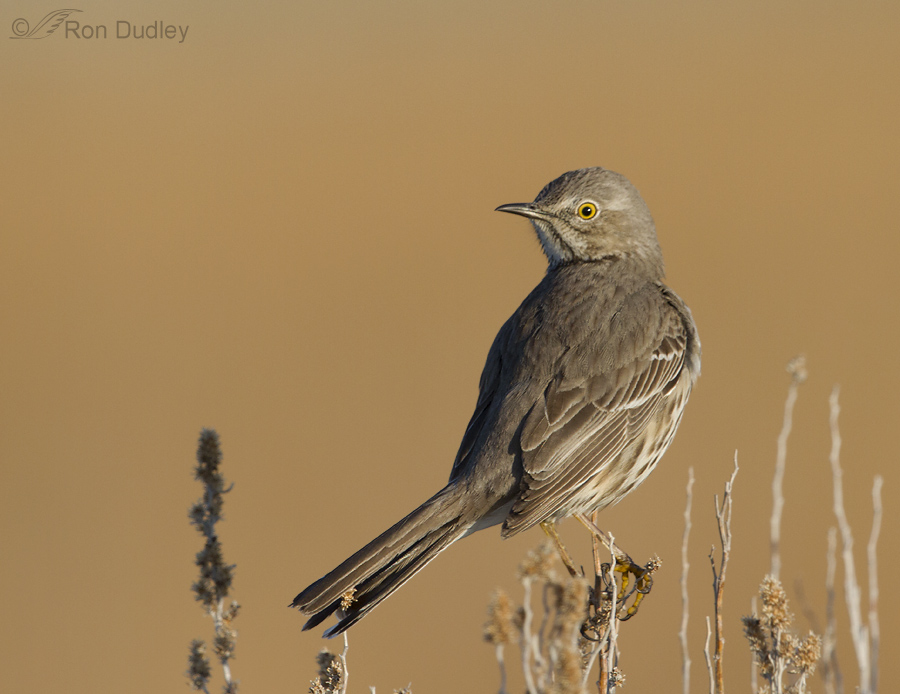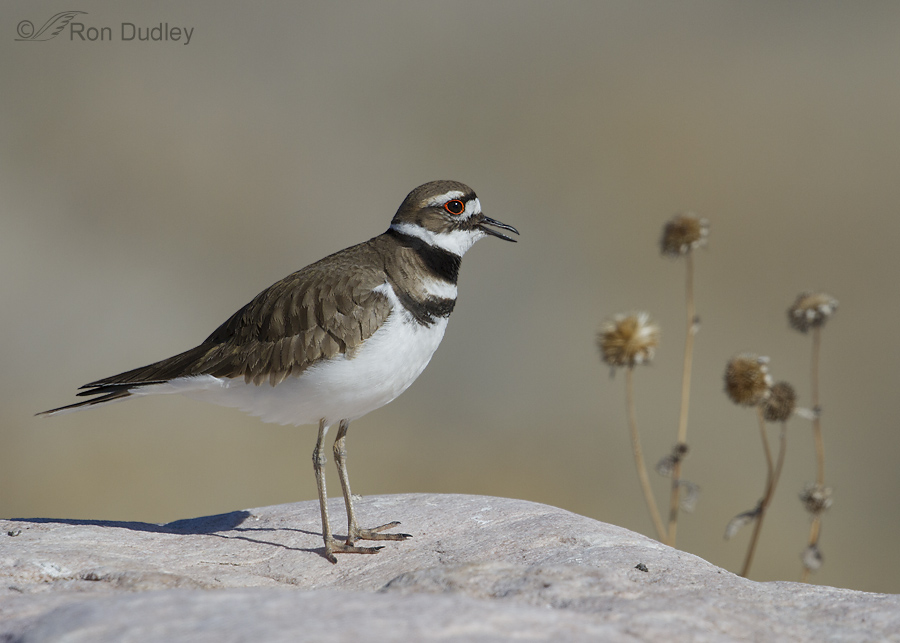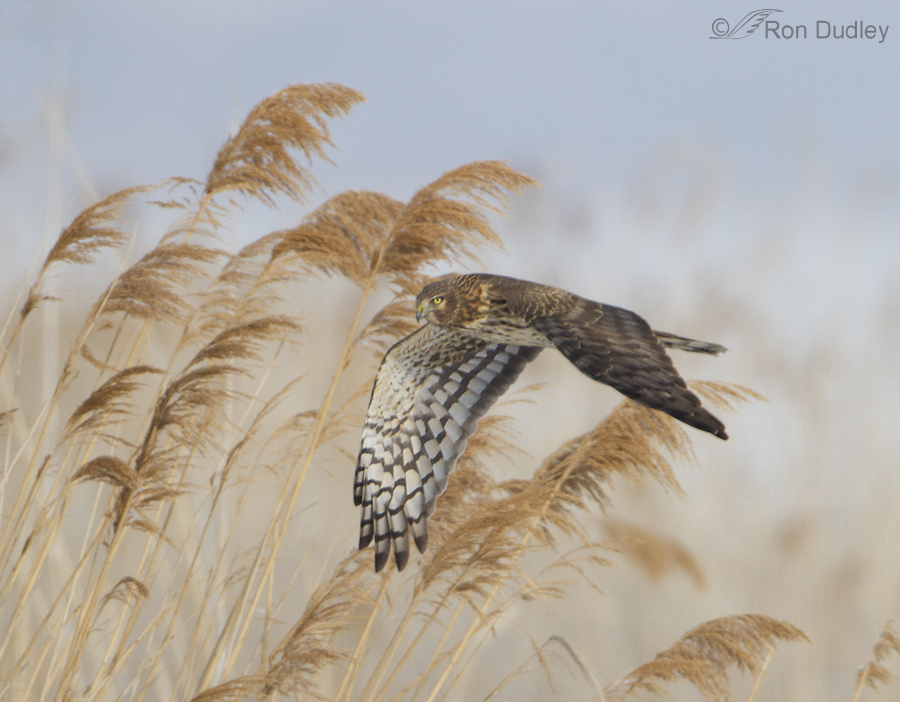Tag: bokeh
Western Meadowlark Acting Silly
A Digestive Surprise For A Young Swainson’s Hawk
Juvenile Swainson’s Hawk Take-off
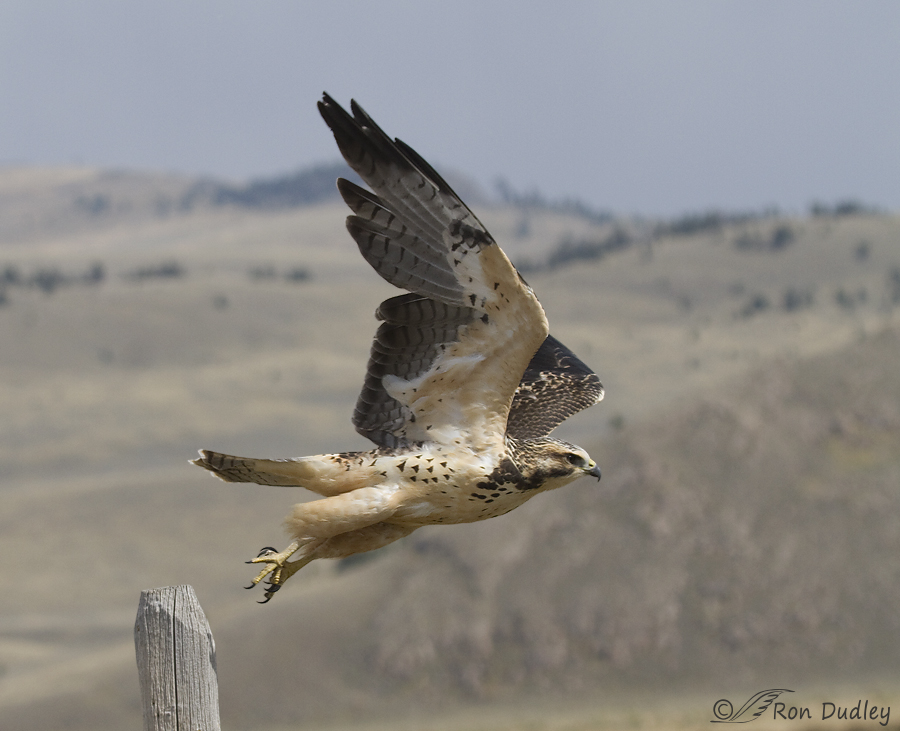
In my experience there’s a huge range in the approachability of juvenile raptors, even among siblings. And overall, Swainson’s Hawks seem to be the most approachable of all. This variability was demonstrated during our trip to Montana’s Centennial Valley last week and once again it made me nervous for the safety of the bird.
Even An Ugly, Junky Setting Can Result In A Beautiful Image
My “First Of Year” Sage Thrasher
A Killdeer And The Effects Of Depth Of Field
Flight Shots, Habitat And Depth Of Field
Just A Shot That I Like… #19 – Burrowing Owl Catching Its Balance
Burrowing Owls on Antelope Island are often a hit or miss proposition. Occasionally one can find an accessible burrow occupied by multiple birds and get just close enough for quality images without disturbing the owls. But more often than not they’re difficult to find – especially in a location where the angle of light is good in the morning when I prefer to shoot. 1/2000, f/7.1, ISO 500, 500 f/4, 1.4 tc This bird was one of a family of owls on the north end of the island that would occasionally sun themselves in the early morning at the top of a sagebrush perch. Here the owl had momentarily lost its balance while changing position on the branch and I was able to catch a pose I liked as it recovered. I love backgrounds like this that the island and the bokeh of my lens often provide. Ron
Barn Owls and Phragmites
Barn Owls are among my favorite avian subjects. They’re uncommon, elusive and rarely active in daytime so they’re devilishly difficult to photograph in good light – especially in flight. And they’re unique – so different from other owl species (heart-shaped facial disc, smaller eyes, a short squared tail and serrated central claws) that they’re given their own family classification – Tytonidae. They’re the most wide-spread species of owl on earth, though their numbers are declining. Occasionally, very occasionally, I’ve had the opportunity to photograph them in daylight. Around here they can sometimes be found hunting for voles at the edge of Phragmites stands at the local marshes during the early mornings of the coldest days of winter. Phragmites is a very large perennial grass found in our wetlands that causes many problems for wetlands managers because it produces substances that are toxic to more beneficial species of marsh plants. 1/2000, f/8, ISO 400 1.4 tc As problematic as Phragmites can be I’ve found it to be a wonderful background for photographs of birds in flight. And since these owls fly during daytime only when it’s very cold the Phragmites is often covered with heavy frost in the mornings which can soften the background and make it very pleasing to the eye. If the grasses are close to the bird they appear fairly well-defined. 1/2000, f/8, ISO 400 1.4 tc But if they’re far away the bokeh of the background is softened even more, giving relatively subtle hints of texture and form. I think the sharper foreground phrags in this photo…
Critters Among the Sunflowers of Antelope Island
Antelope Island is ablaze with color this fall, provided by the common sunflower Helianthus annus. The sunflower display is really quite spectacular this year – the most prolific I’ve ever seen it. I suspect it’s because of the very wet spring we’ve had. The sunflowers can provide a very pleasing setting for wildlife photography, whether the flowers are in focus along with your subject or out of focus to show off some pleasing and unusual color in the background bokeh. Canon 40D @ 72mm, 1/800, f/6.3, ISO 320, EV +0.33 It’s unusual for me to get so close to a pronghorn that I don’t have to use a telephoto lens but these bucks are in rut right now and they’re so intent on herding their harem of females that they’re not nearly so wary of people and vehicles. So I quickly pulled out my old 40D and shot this handsome fella at only 72mm while he was right next to my pickup and staring intently at his ladies close by. This allowed me to keep many of the sunflowers relatively sharp and gave a different “feel” to the image than I usually get with my big glass. Canon 7D, 1/2500, f/5.6, ISO 640, EV + 0.33, 500 f/4, 1.4 tc In contrast to the previous image, this Vesper Sparrow was shot with my 500mm and 1.4 teleconverter (1120mm with the crop factor of the 7D) at f/5.6 which gave me very little depth of field – just enough to get the sparrow sharp but the sunflowers in the background…
Photographing Birds on Antelope Island
My previous post was an overview of the geology of Antelope Island and its non-bird wildlife. Here, I’ll focus on its birds. Juvenile Loggerhead Shrike begging for food Loggerhead Shrikes are common on many parts of the island during summer. They can be a challenge to approach but those few that nest close to the road eventually get used to traffic so if you photograph from your vehicle you can often get quite close. Here this juvenile was begging for food that was being delivered by a parent just out of frame to the left. Loggerhead Shrike with dragonfly Shrikes are often called “butcher birds” for their practice of temporarily impaling their prey on thorns or other sharp projections. This juvenile had done just that with the dragonfly but it wasn’t very good at it yet and in the end just decided to eat it instead of store it away. Loggerhead Shrike with spider Shrikes are opportunistic carnivores known to feed on insects, spiders, amphibians, small reptiles, rodents and other birds. This one also attempted to impale the prey before eating it. Juvenile Burrowing Owl practicing its parallax technique on me Burrowing Owls are one of my favorite species on the island though they can be difficult to locate from year to year as they often don’t seem to nest in the same burrow the next year. In the summer of 2009 there was an entire family of owls along the causeway to the island nesting under concrete rubble, as in the…
Western Meadowlark Acting Silly
A Digestive Surprise For A Young Swainson’s Hawk
Juvenile Swainson’s Hawk Take-off

In my experience there’s a huge range in the approachability of juvenile raptors, even among siblings. And overall, Swainson’s Hawks seem to be the most approachable of all. This variability was demonstrated during our trip to Montana’s Centennial Valley last week and once again it made me nervous for the safety of the bird.
Even An Ugly, Junky Setting Can Result In A Beautiful Image
My “First Of Year” Sage Thrasher
A Killdeer And The Effects Of Depth Of Field
Flight Shots, Habitat And Depth Of Field
Just A Shot That I Like… #19 – Burrowing Owl Catching Its Balance
Burrowing Owls on Antelope Island are often a hit or miss proposition. Occasionally one can find an accessible burrow occupied by multiple birds and get just close enough for quality images without disturbing the owls. But more often than not they’re difficult to find – especially in a location where the angle of light is good in the morning when I prefer to shoot. 1/2000, f/7.1, ISO 500, 500 f/4, 1.4 tc This bird was one of a family of owls on the north end of the island that would occasionally sun themselves in the early morning at the top of a sagebrush perch. Here the owl had momentarily lost its balance while changing position on the branch and I was able to catch a pose I liked as it recovered. I love backgrounds like this that the island and the bokeh of my lens often provide. Ron
Barn Owls and Phragmites
Barn Owls are among my favorite avian subjects. They’re uncommon, elusive and rarely active in daytime so they’re devilishly difficult to photograph in good light – especially in flight. And they’re unique – so different from other owl species (heart-shaped facial disc, smaller eyes, a short squared tail and serrated central claws) that they’re given their own family classification – Tytonidae. They’re the most wide-spread species of owl on earth, though their numbers are declining. Occasionally, very occasionally, I’ve had the opportunity to photograph them in daylight. Around here they can sometimes be found hunting for voles at the edge of Phragmites stands at the local marshes during the early mornings of the coldest days of winter. Phragmites is a very large perennial grass found in our wetlands that causes many problems for wetlands managers because it produces substances that are toxic to more beneficial species of marsh plants. 1/2000, f/8, ISO 400 1.4 tc As problematic as Phragmites can be I’ve found it to be a wonderful background for photographs of birds in flight. And since these owls fly during daytime only when it’s very cold the Phragmites is often covered with heavy frost in the mornings which can soften the background and make it very pleasing to the eye. If the grasses are close to the bird they appear fairly well-defined. 1/2000, f/8, ISO 400 1.4 tc But if they’re far away the bokeh of the background is softened even more, giving relatively subtle hints of texture and form. I think the sharper foreground phrags in this photo…
Critters Among the Sunflowers of Antelope Island
Antelope Island is ablaze with color this fall, provided by the common sunflower Helianthus annus. The sunflower display is really quite spectacular this year – the most prolific I’ve ever seen it. I suspect it’s because of the very wet spring we’ve had. The sunflowers can provide a very pleasing setting for wildlife photography, whether the flowers are in focus along with your subject or out of focus to show off some pleasing and unusual color in the background bokeh. Canon 40D @ 72mm, 1/800, f/6.3, ISO 320, EV +0.33 It’s unusual for me to get so close to a pronghorn that I don’t have to use a telephoto lens but these bucks are in rut right now and they’re so intent on herding their harem of females that they’re not nearly so wary of people and vehicles. So I quickly pulled out my old 40D and shot this handsome fella at only 72mm while he was right next to my pickup and staring intently at his ladies close by. This allowed me to keep many of the sunflowers relatively sharp and gave a different “feel” to the image than I usually get with my big glass. Canon 7D, 1/2500, f/5.6, ISO 640, EV + 0.33, 500 f/4, 1.4 tc In contrast to the previous image, this Vesper Sparrow was shot with my 500mm and 1.4 teleconverter (1120mm with the crop factor of the 7D) at f/5.6 which gave me very little depth of field – just enough to get the sparrow sharp but the sunflowers in the background…
Photographing Birds on Antelope Island
My previous post was an overview of the geology of Antelope Island and its non-bird wildlife. Here, I’ll focus on its birds. Juvenile Loggerhead Shrike begging for food Loggerhead Shrikes are common on many parts of the island during summer. They can be a challenge to approach but those few that nest close to the road eventually get used to traffic so if you photograph from your vehicle you can often get quite close. Here this juvenile was begging for food that was being delivered by a parent just out of frame to the left. Loggerhead Shrike with dragonfly Shrikes are often called “butcher birds” for their practice of temporarily impaling their prey on thorns or other sharp projections. This juvenile had done just that with the dragonfly but it wasn’t very good at it yet and in the end just decided to eat it instead of store it away. Loggerhead Shrike with spider Shrikes are opportunistic carnivores known to feed on insects, spiders, amphibians, small reptiles, rodents and other birds. This one also attempted to impale the prey before eating it. Juvenile Burrowing Owl practicing its parallax technique on me Burrowing Owls are one of my favorite species on the island though they can be difficult to locate from year to year as they often don’t seem to nest in the same burrow the next year. In the summer of 2009 there was an entire family of owls along the causeway to the island nesting under concrete rubble, as in the…


